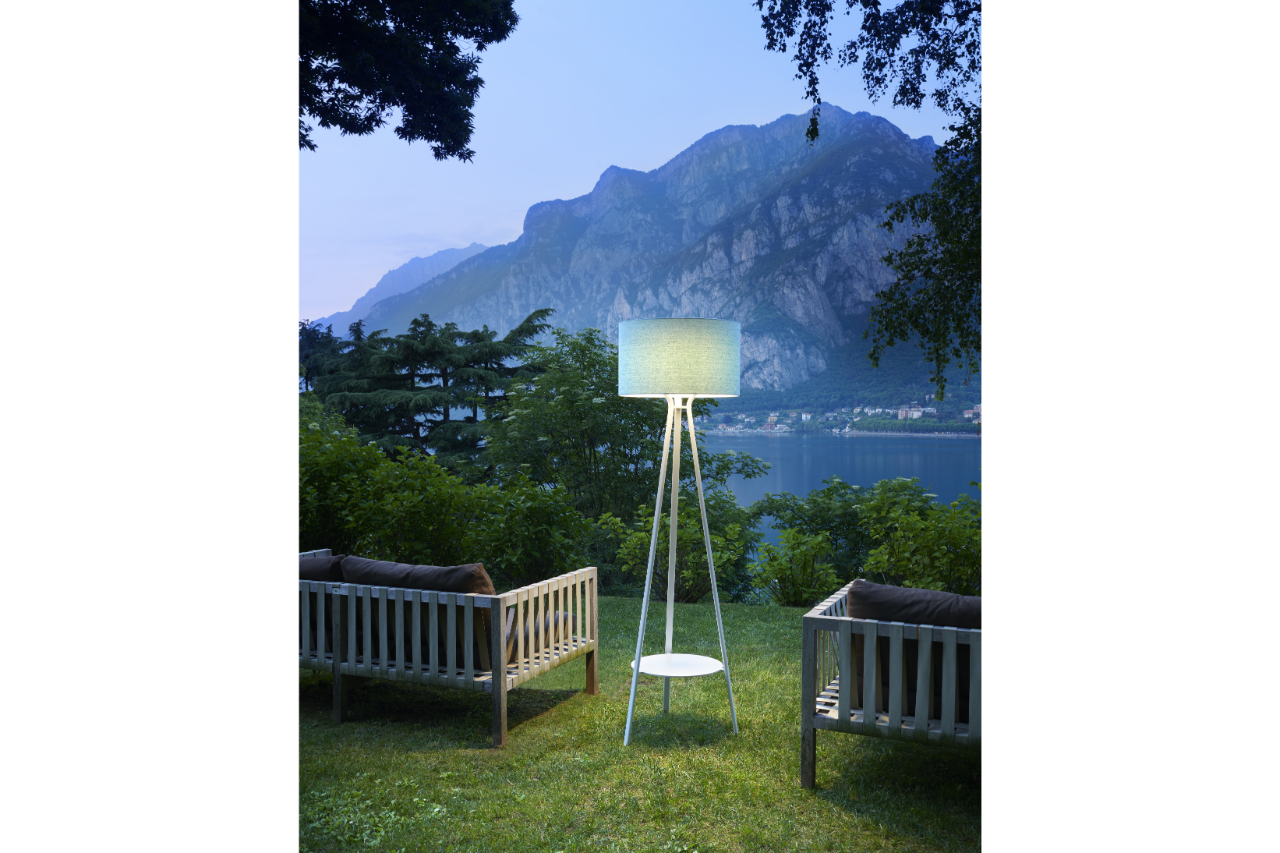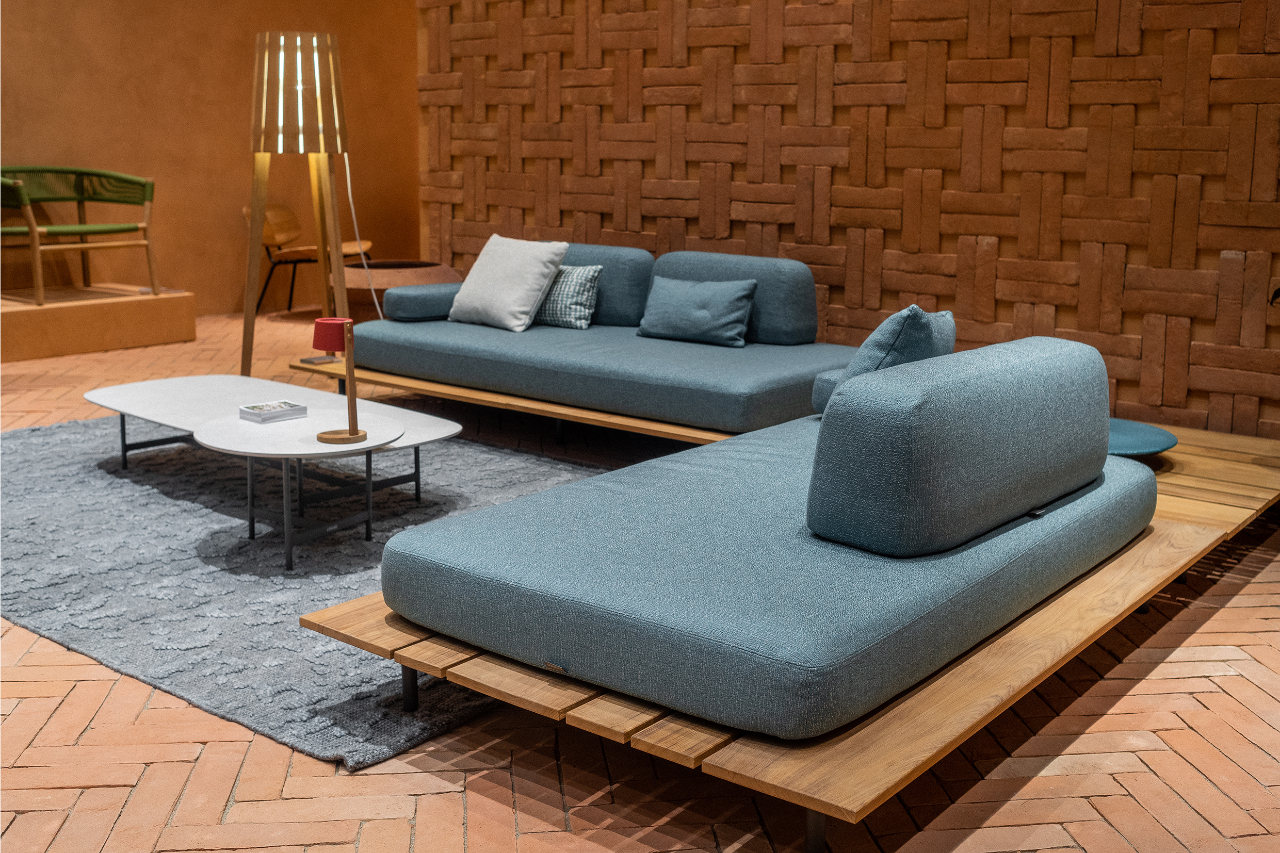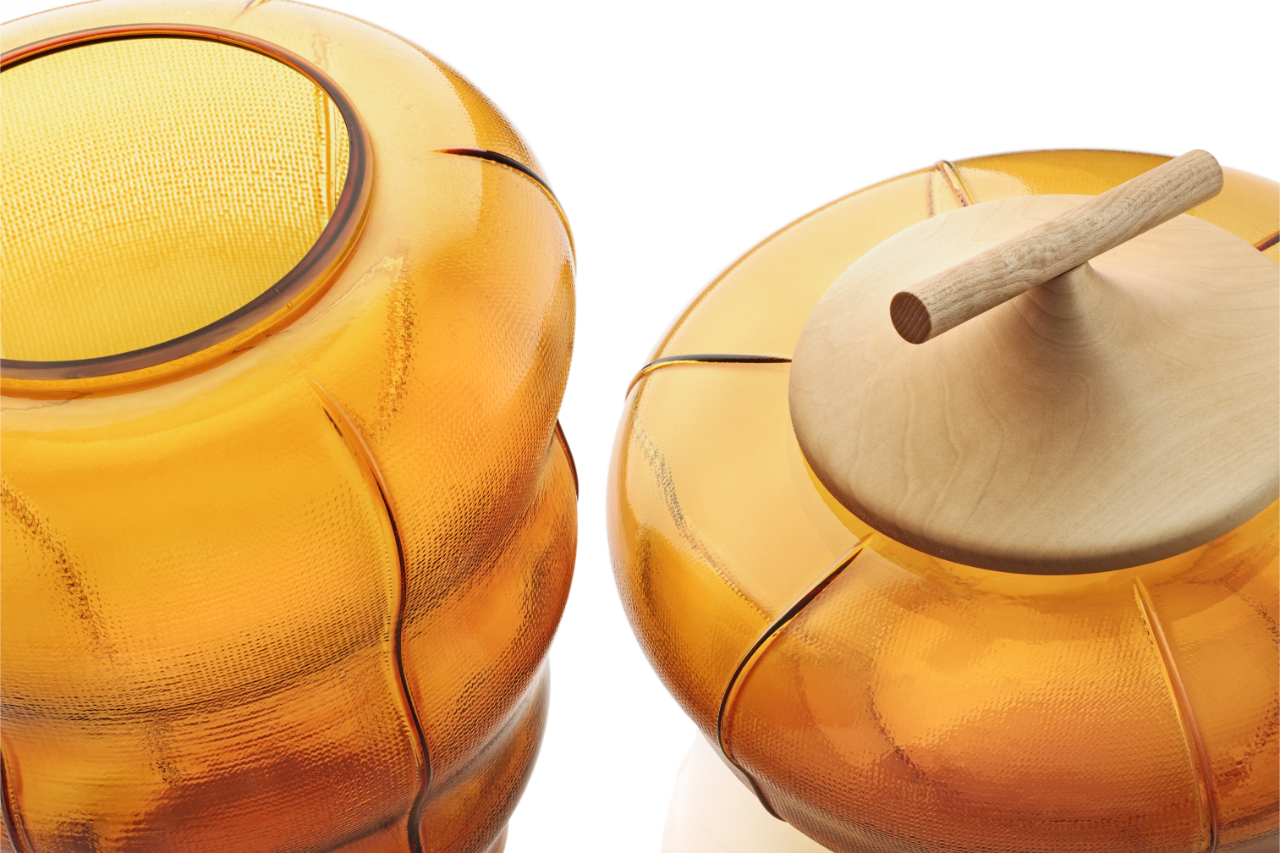
.jpg)

.jpg)

.jpg)





.jpg)
.jpg)

.jpg)

.jpg)

.jpg)




.jpg)
.jpg)
Multitasking and endlessly imaginative, she's a versatile mind capable of expressing creativity in every nuance of product design, working on consistently innovative ideas that tell a story.
To label her merely as a designer would be reductive. Ilaria Marelli is, above all, a volcano of ideas that find expression in collaborations with some of the world's most renowned international companies. Her creativity extends into various fields she has ventured into throughout her career.
Having designed for Ethimo, Tivoli Audio, Cappellini, Nemo, Fiam, Zanotta, and Olivieri, to name a few, she has created products and collections ranging from mass production to unique pieces for international exhibitions. Additionally, she is involved in installations and interiors related to the world of fashion and design, overseeing the art direction of entire exhibition sections at Pitti Moda since 2006. She also designs concept stores and showrooms in Europe, Japan, China, and the United States, coordinating everything from the initial idea to its realization.
Interested in the social and cultural aspects of design, Ilaria Marelli has collaborated with Ezio Manzini on the first cohousing project in Italy and worked with Poli.design on applied research topics. Since 2002, she has been a Professor at the Polytechnic University of Milan, and as of 2021, she teaches Design at Naba in Milan. She has won numerous awards, including "Milano Donna" in 2008 and the "AlumniPolimi Award" in 2015 for Architecture.
Given the fame that precedes you, who is Ilaria Marelli?
I am an architect and designer, but I work in the field of design comprehensively: handling art direction, interiors, installations, and products. In my field, creativity must be emotional, innovative, and sustainable simultaneously. It is essential to establish the right communication with companies, which are not just clients but true partners in creating something special, sharing ideas immediately.
Can you mention any of your (many) home-related projects?
Here's a triptych: the first is Ara, my first lamp—essential and versatile, creating different lighting landscapes to balance natural/artificial light and, above all, to follow personal emotions. The second is Calipso, an outdoor sofa system to configure and reconfigure for dynamic relaxation. Finally, Sedimenti: blown glass vases on Tuscan vine branches, each one unique in shape.
In designing furniture or accessories, what is your first thought?
To create an object capable of eliciting emotion but also being usable and versatile in its use. This creates an emotional connection with people—a product chosen primarily because it evokes dreams but also functions well in daily life.
Functionality and aesthetics. An indispensable pair, but in your opinion, do they equate, or does one dominate the other?
A bit Neoplatonic, I am for the equivalence of beauty/goodness. Products must make sense in our living and life, so they can have more functional features or be more poetic depending on their intended use. Still, I always try not to penalize either aspect. Why can't an object with predominantly technical purposes be pleasant?
What would you like to design for the home, with an unlimited budget, that you think does not yet exist?
Admitting that an unlimited budget is a project condition I have never experienced, I believe having very binding limits often encourages the best ideas. Thinking of the recent Como collection for outdoors, born from the idea of conviviality around the fire, I would like to design something similar for the living room—a sort of object/place where one can return to a primary, almost basic conviviality: sitting in a circle, telling stories, playing, and laughing. It doesn't have to be a physical object; I can think of a kind of "virtual hearth" that encourages interaction in a creative way. Now more than ever, I think we need positive sociality starting from the most familiar contexts.
Trade shows: from your point of view, are they useful, or should they work on improving something?
Trade shows have always been a place for relationship-building and experience sharing. While in the past, the format was built around the "showcase of products to display to buyers" for sales results, today, in the design sector, we all understand the value of relationship, comparison, and experiential aspects of these events. How many interesting contacts have I activated? What have I learned? What new possibilities for interdisciplinary collaborations?
These events must be rethought to create content of interest for exhibitors and the public, to facilitate networking, to update on trends and innovation. Keep in mind that for a "reference" fair in the sector, the winning formats today see sector-specific fairs/events, built around specific areas, streamlined in setup, budget for exhibitors, and visitation methods for users. Often, they are international because they are itinerant.